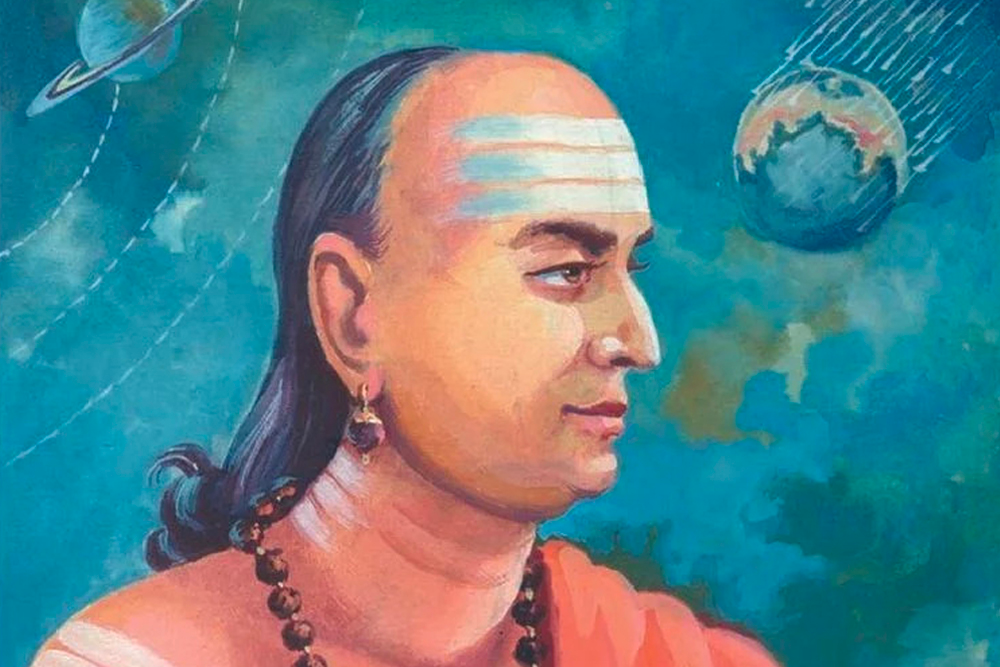
Varahamihira was an Indian astronomer, mathematician, and astrologer who lived in the 6th century CE. He was born in Ujjain, which was then a significant center for astronomy and mathematics in India.
Varahamihira is best known for his contributions to astronomy and astrology. He wrote several critical texts on these subjects, including the “Pancha Siddhantika,” a compilation of five astronomical works, and the “Brihat Samhita,” a comprehensive treatise on a wide range of subjects, including astrology, astronomy, architecture, and agriculture. He also wrote the “Brihat Jataka,” a classic work on Vedic astrology that is still widely studied and practiced today.
Varahamihira’s works helped to establish the foundations of Indian astronomy and astrology, and he is regarded as one of the greatest astronomers and astrologers of ancient India. He made significant contributions to the study of planetary motion, including the calculation of the length of the solar year and the positions of the planets. He also wrote about the use of the astrolabe, an instrument used for solving problems related to time and the position of celestial objects.
Varahamihira’s influence extended beyond India, and his works were studied and translated into several other languages, including Arabic and Persian. His ideas and methods influenced the development of Islamic astronomy and astrology, and his work played a key role in the transmission of ancient Indian knowledge to the wider world.
Overall, Varahamihira’s contributions to astronomy and astrology helped to establish the rich and diverse tradition of Indian astrology and astronomy that continues to be studied and practiced today.
Brihat Samhita. 1987. ➤
Varāhamihira et al. The Pañcasiddhāntikā of Varāhamihira. København: Munksgaard, 1970. Print. ➤
Geslani, Marko. “Astrological Vedism: Varāhamihira in Light of the Later Rituals of the Atharvaveda.” Journal of the American Oriental Society 136.2 (2016): 305–323. Web. ➤
Sharma, Arvind. “Varahamihira: An Ancient Indian Feminist?” Zeitschrift der Deutschen Morgenländischen Gesellschaft 132 (1982): 142–. Print. ➤
DHAVALE, D. G. “THE DATE OF VARAHAMIHIRA.” Annals of the Bhandarkar Oriental Research Institute 48/49 (1968): 347–352. Print. ➤
Hayashi, Takao. “Varāhamihira’s Pandiagonal Magic Square of the Order Four.” Historia mathematica 14.2 (1987): 159–166. Web. ➤